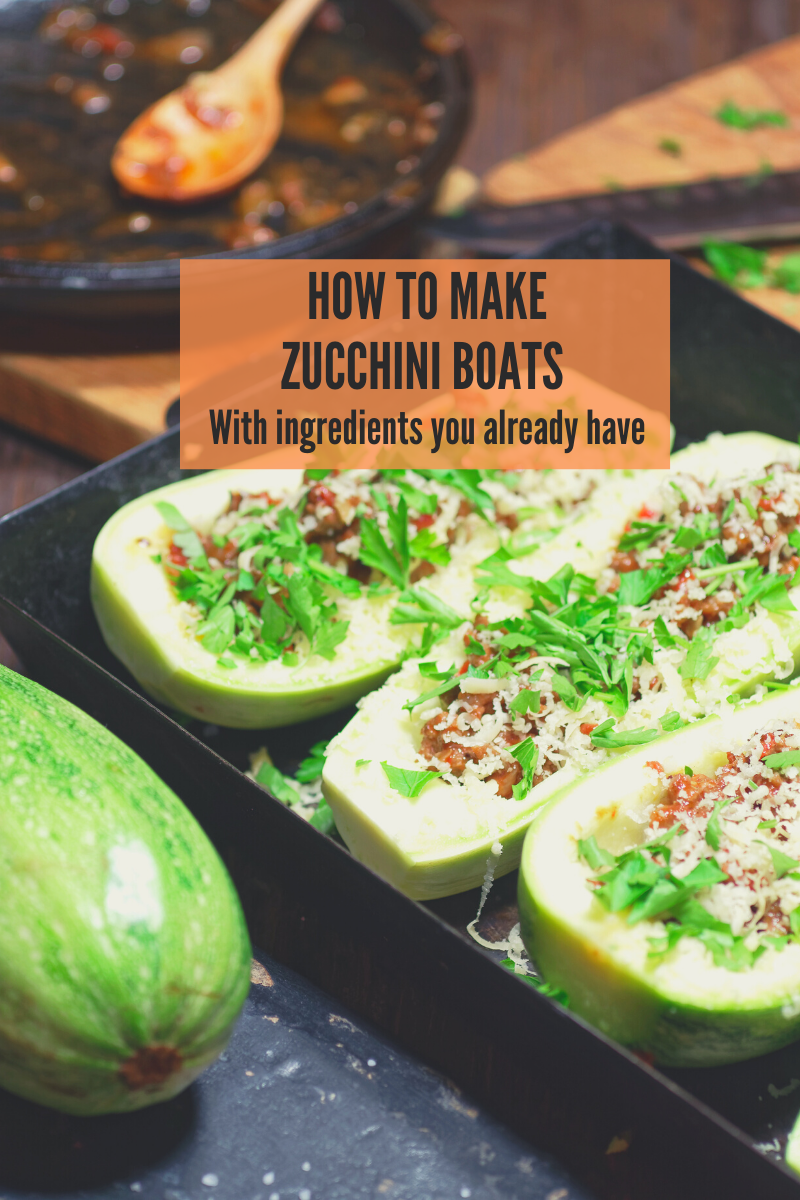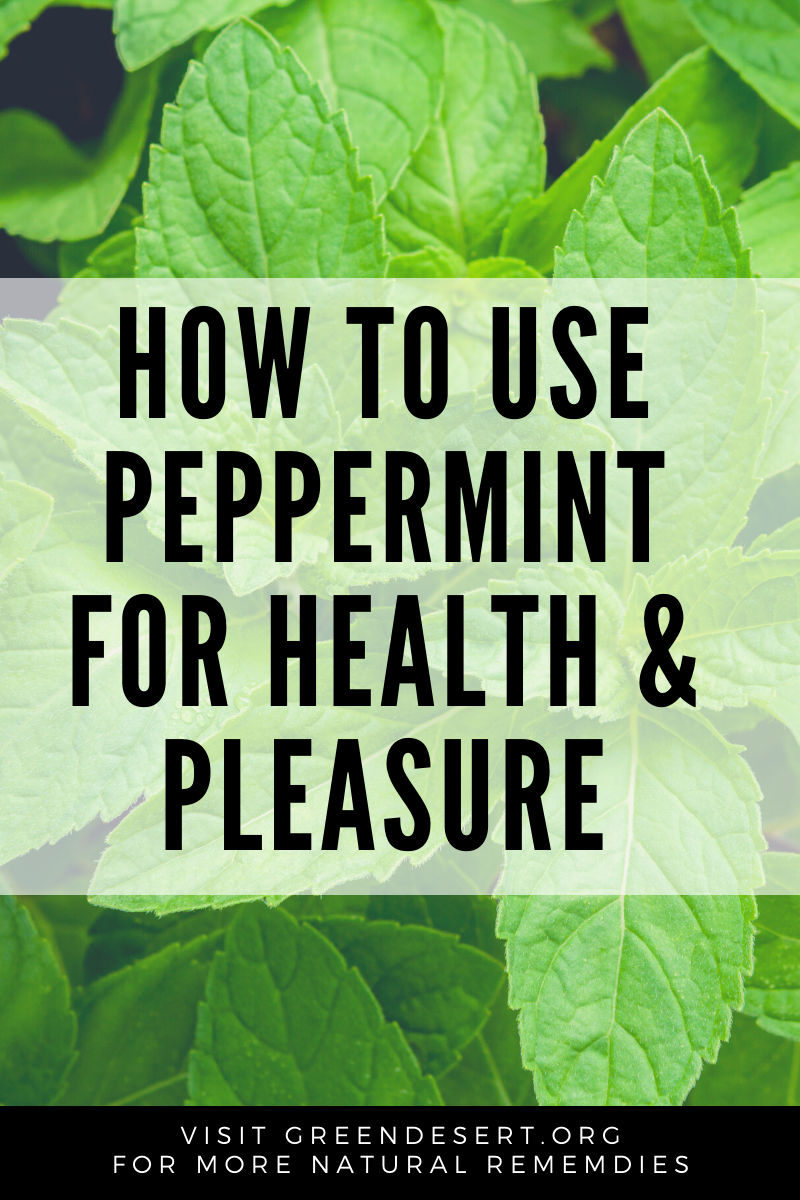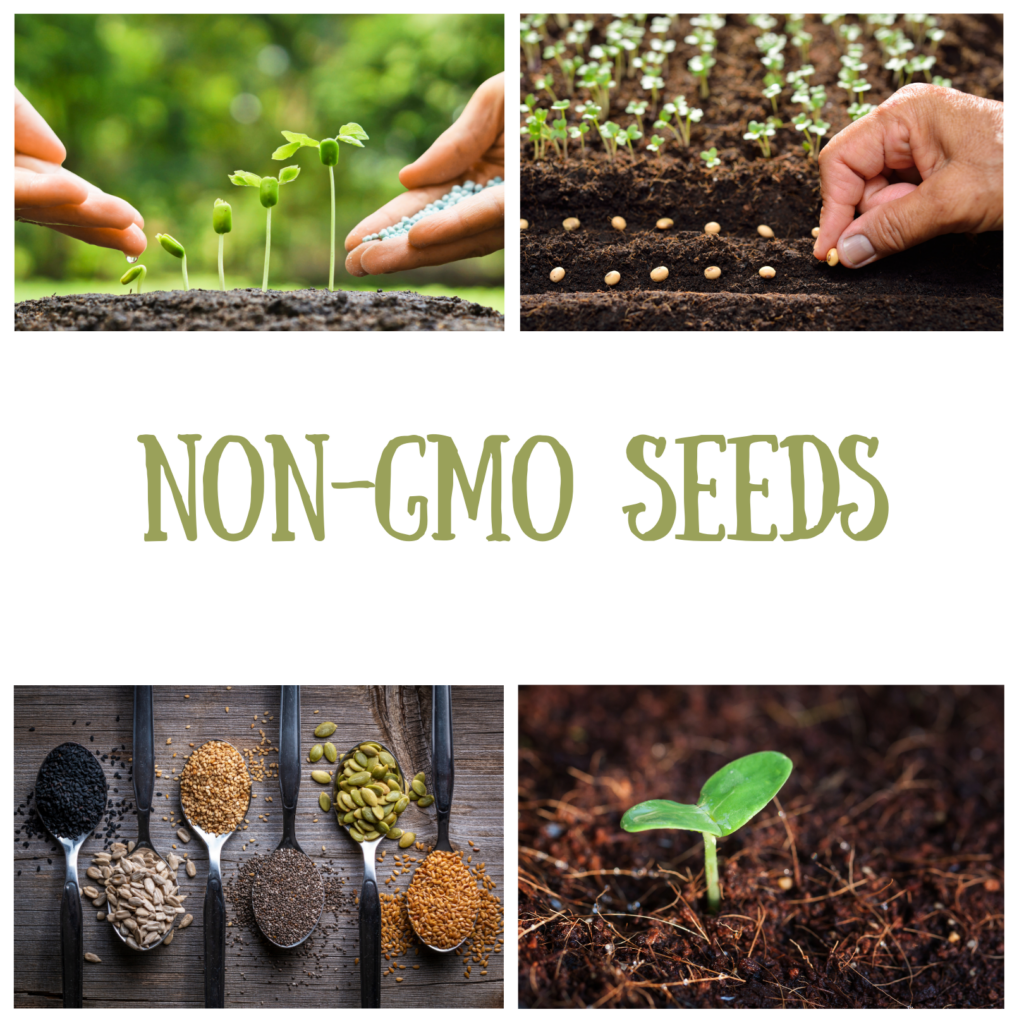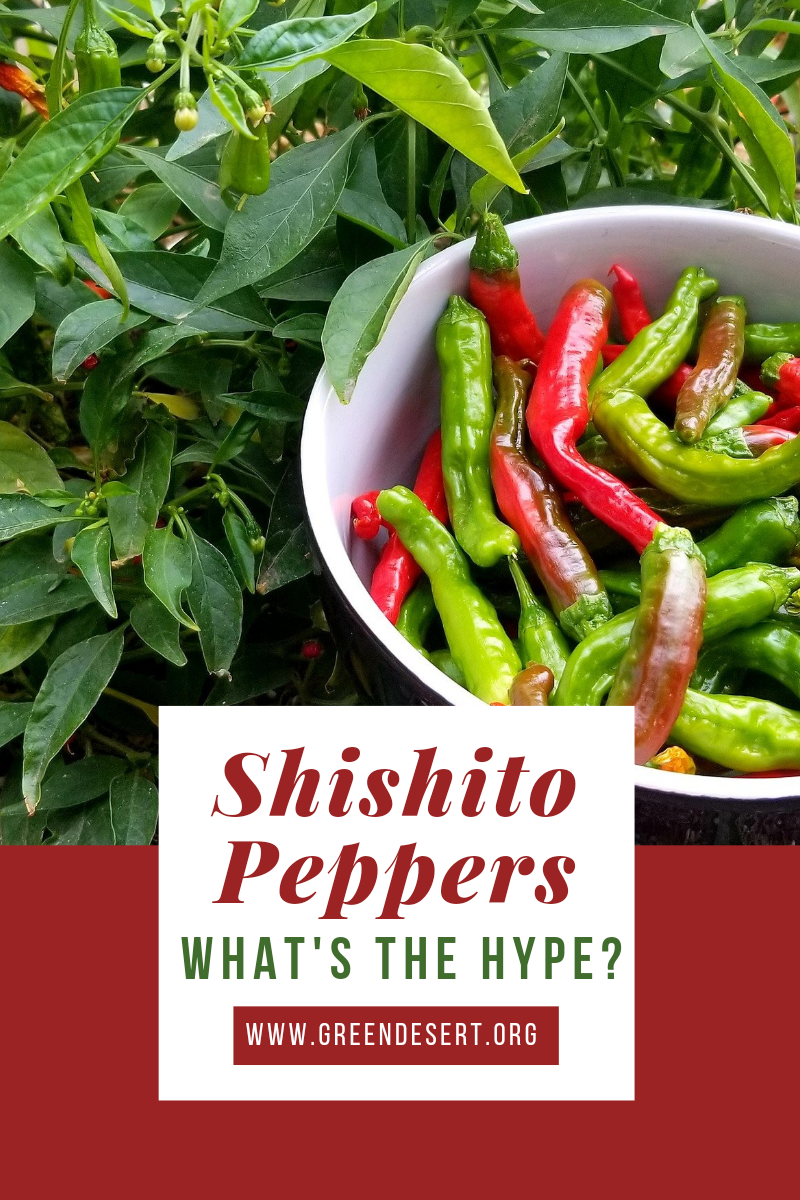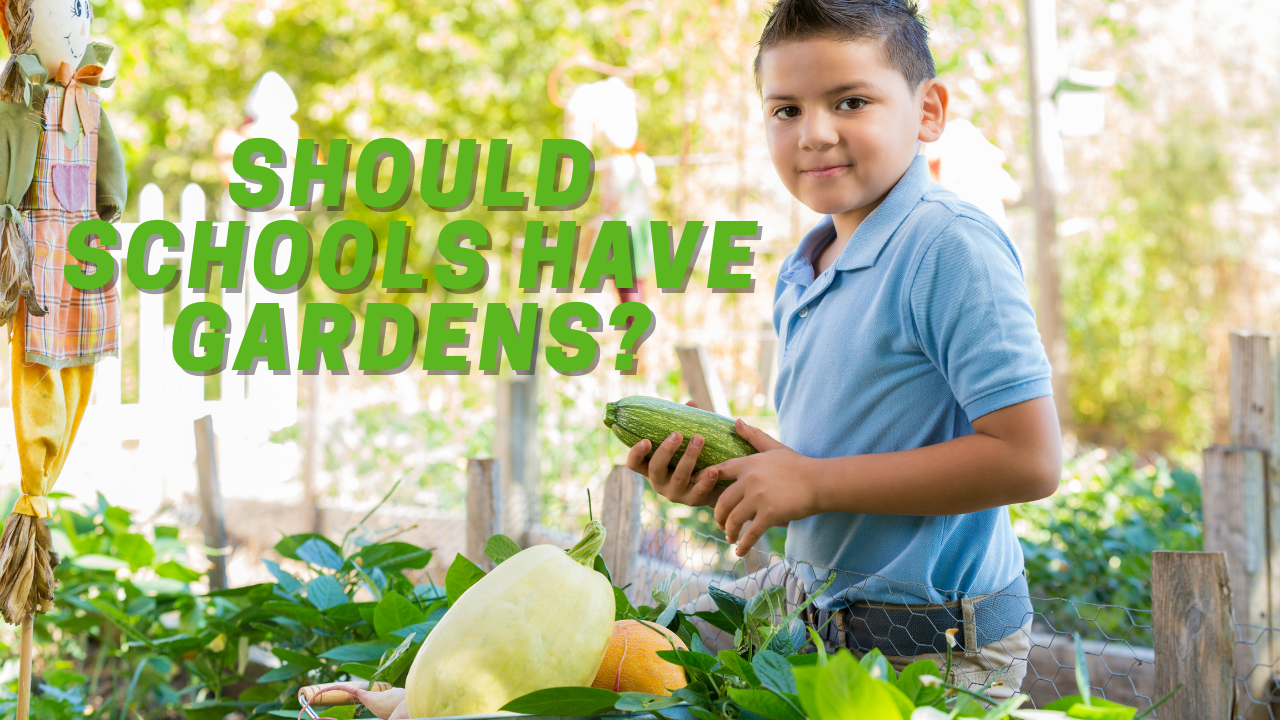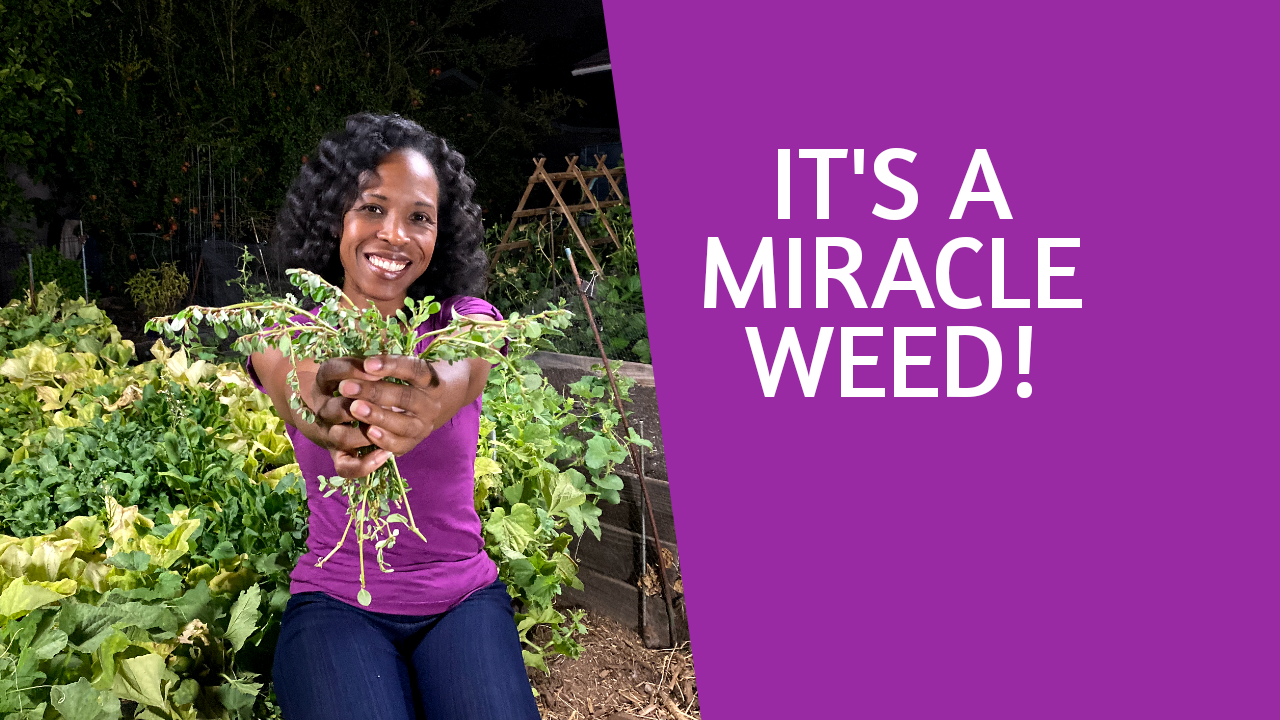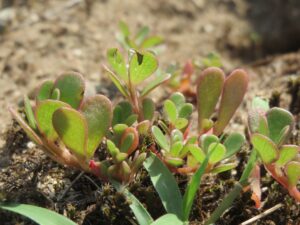Dandelion
Are dandelions the new healthy coffee substitute?
Dandelions aren’t just pretty to look at, they’re an incredible medicinal plant and play a huge part in our ecosystems. They are also incredibly nutritious… and I don’t mean just nutritious for a flower. Dandelions are more nutritious than most of the vegetables found in your fridge or garden. They’re packed with vitamins A,C, and it’s a powerhouse of iron, calcium, magnesium and potassium. Even more, the pretty yellow flowers can practically grow anywhere, which is one reason why it’s known to some as weeds. It’s a weedy perennial that will continue to grow annually and will take over your yard if you let it.
Before we get into more benefits, let me give you a little background on how the plant has sunk its roots deep into history.
The official name is Taraxacum officinale but they’re commonly known as dandelions.
It’s not a coincidence that “lions” is in the name of the flower. They were actually named after lions because their lion-toothed-leaves are believed to heal so many ailments, big or small, including dandruff, baldness, sores, fevers, stress, depression and the list goes on.
Dandelions were highly prized to the ancient Egyptians, Greeks and Romans, and were also used in Chinese traditional medicine for hundreds of years. The Native Americans used the plant as a source of food and medicine.
MORE MEDICINAL BENEFITS
One of the biggest benefits is that you can use the entire plant… leaves, stem, flower and root for medicinal purposes.
- The leaves of the plant acts as a diuretic, also known as “water pills”. They work by increasing the volume of urine that you produce and altering your body’s electrolyte or body salt compositions. Bottom-line, they are supposed to help you urinate more because they rid the body of excess fluid volume. Diuretics are also used to treat blood pressure, liver disease, heart failure, and different types of kidney diseases.
- Dandelions are also high in antioxidants – the roots contain beta-carotene, an antioxidant known to help protect cells from damage. The flowers of the plant is also full of another type of antioxidant called polyphenols.
- Scientists also say dandelions contain bioactive compound, which they believe may help lower your cholesterol.
- Dandelions are also known to be a mild sedative and consequently can have a very calming impact on the mind and body.
- Dandelion roots and leaves were used to treat liver problems and today is it’s believed to help detoxify the liver.
HOW TO USE IT
Make tea! You can make tea using the flowers, leaf and root – just make sure if you picked it from someone’s yard, that it hasn’t been treated with chemicals.
If using the flowers and leaves… just wash a handful, boil some water and then let the dandelions steep for about 10 minutes. This version tends to be a little lighter and sweeter than a dandelion root tea.
Drink it as a coffee substitute! Thanks to its bitter, rich, coffee-like taste, the root of the dandelions makes for the perfect caffeine-free morning drink. Roast the roots to a dark brown color, steep it, strain it and ENJOY. Many call this option Dandelion coffee or Dandelion root tea.
For the root tea, the process is much longer (up to 3 hours of roasting) but the tea is more potent –you’ll want to chop it into small pieces, after you wash them of course. Then heat it in the oven for about two hours before steeping 2 teaspoons in hot water for about 10 minutes.
You’ll still get benefits if you make a quicker tea using the roots – just chop them, then cover the roots with boiling water for a few minutes. Next just strain it and voila – instant dandelion tea.
Add it to your meals! You can also add the leaves and flowers to your salads and other meals—cooked or raw.
Some people even use the flowers to make wine! (Let me know if you try this oneJ)
HOW TO GROW
Now that you know how to use it, it makes sense to grow it… considering it’s so easy to grow that it’s considered a weed. Chances are you see it all the time on the side of the road, not knowing that you’re looking at a nutritional powerhouse.
But growing it yourself ensures there aren’t any harmful chemicals in your “weeds”.
It’s also beneficial to grow near other plants because their pretty flowers attract lots of beneficial insects!
Dandelions can grow almost anywhere. They can grow with poor soil conditions and can even withstand frost and freezes.
But ideally, the plants like fertile soil and full sun, although they will survive fine in partial shade and some say the leaves taste better with part shade.
Take the Dandelions seeds and press them directly into your soil, ¼ inch deep or just sprinkle them on the soil surface, anytime from early spring to late summer (soil temperature should be at least 50 degrees). Be sure to cover the seeds lightly because they need a little light to germinate. Plant them about six inches apart and they should sprout within 10 days.
Be sure to keep the seeds moist until they germinate.
They bloom in the spring and fall, so plan to keep them around because they continue to reseed themselves.
If you’re more interested in the roots than the flowers, start harvesting the flowers before they produce seeds to get larger roots. Preventing the flowers from going to seed will also give you more control to keep the plant from spreading all over into weeds.
Also keep in mind, although the plant will survive, insufficient moisture and heat will cause the leaves to taste bitter.
FUN FACT
Dandelions aren’t just great for us, they are a good source of food for birds and bees.
We have an entire page of natural remedies. If you have natural remedies you choose, please share them — it takes a community!





